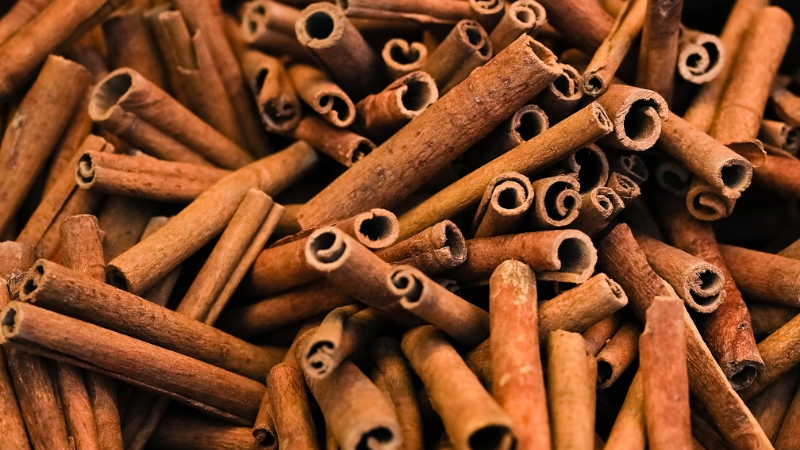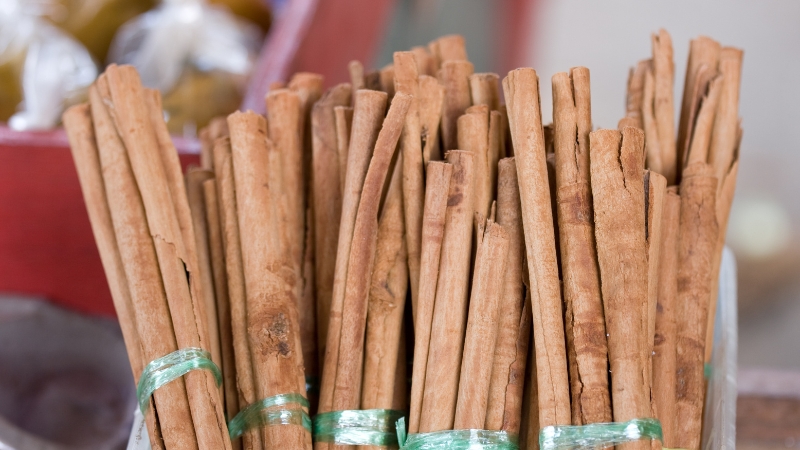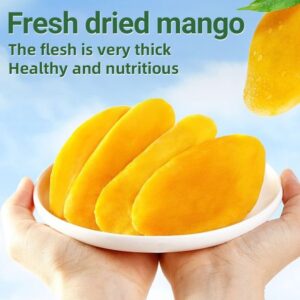Cinnamon has been a loved spice for millennia, revered for its warm, sweet flavor, myriad fitness blessings, and cultural significance. Among the diverse kinds of cinnamon, cinnamon sticks stand out, supplying each culinary versatility and a rich aromatic profile.
A Brief History
Cinnamon’s adventure dates returned over 4,000 years. Ancient Egyptians used it in embalming rituals, while it became enormously prized in historic Rome and Greece. It became so valuable that it became frequently considered a gift suit for kings. The quest for cinnamon caused exploration and exchange, with countries like Ceylon (now Sri Lanka) turning into valuable to its cultivation.
Types of Cinnamon
There are primary varieties of cinnamon: Ceylon and Cassia. Ceylon cinnamon, often known as “real cinnamon,” has a sensitive, sweet flavor and a lighter shade. In evaluation, Cassia cinnamon, the more typically found type in grocery shops, has a stronger, spicier flavor and a darker hue. While each type may be enjoyed in various dishes, Ceylon is considered advanced in fine and is regularly encouraged for its lower coumarin content, a compound that may be harmful in huge amounts.

(There are two main types of cinnamon: Ceylon and Cassia)
Culinary Uses
Cinnamon sticks are especially versatile in the kitchen. They can be used entire, ground into powder, or steeped to create flavorful infusions. Here are a few popular makes use of:
- Beverages: Cinnamon sticks are a lovely addition to warm beverages which include mulled wine, chai tea, or apple cider. Simply simmer them for your drink of desire to infuse it with a heat, spicy aroma.
- Baking: Incorporating cinnamon sticks into baked items can raise the taste. Use them in recipes for cinnamon rolls, pies, or breads by infusing them into drinks or the usage of them to create a spice combination.
- Savory Dishes: In diverse cuisines, cinnamon is used to enhance savory dishes. It pairs well with meats, stews, and curries, including depth and warmth. Middle Eastern and Indian recipes often enrich their flavor profiles with cinnamon sticks.
- Sweet Treats: From oatmeal to rice pudding, cinnamon sticks can deliver a sweet warmth to many cakes. They may be simmered with milk or water to create an aromatic base for candy dishes.
Health Benefits
Cinnamon is more than only a tasty spice; it boasts several fitness benefits:
- Antioxidant Properties: Cinnamon is rich in antioxidants, which help fight oxidative stress in the body.
- Anti-inflammatory Effects: Regular intake may additionally reduce irritation, which is connected to numerous continual illnesses.
- Blood Sugar Control: Some research proposes that cinnamon can assist improve insulin sensitivity and decrease blood sugar stages, making it a useful spice for those with diabetes.
- Heart Health: Cinnamon might also make contributions to coronary heart health by reducing cholesterol levels and lowering blood stress.

(Cinnamon has many health and culinary benefits)
How to Use Cinnamon Sticks
When the use of cinnamon sticks, it’s crucial to apprehend how to maximize their flavor:
- Infusion: For drinks, upload a keep-on with the pot or mug at the same time as boiling or steeping. Remove the stick earlier than serving.
- Baking: You can grind cinnamon sticks with the use of a spice grinder or mortar and pestle for a fresher flavor in baking recipes.
- Storage: Keep cinnamon sticks in an airtight box in a cool, dark area to hold their flavor and efficiency. They can last for several years while stored properly.
Conclusion
Cinnamon sticks are a first-rate spice that brings warm temperature, flavor, and fitness blessings to a wide range of dishes. Their rich records and versatility make them a staple in kitchens around the world. Whether you’re stirring them into a comforting drink or the usage of them to enhance your favorite recipes, cinnamon sticks are positive to feature a hint of magic for your culinary adventures. Embrace this undying spice, and let its aroma and flavor deliver you through the a while.




